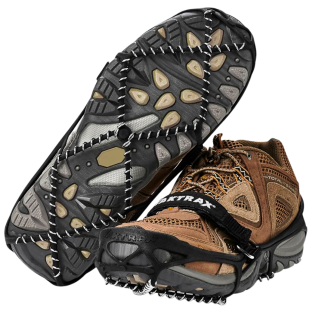Taking smart steps starts the moment we park the car or leave the bus – even when we walk out our front door.
Here are some simple tips to keep in mind as you take each step:
Outdoors
- Test areas before you step.
- Shuffle flat-footed.
- Take short steps and walk at a slower pace.
- Keep your hands clear and out of your pockets for balance
- Stay on cleared paths if possible and avoid icy patches.
Indoors
- Stay on mats or carpeted surfaces, if possible.
- Kick off ice, snow, and salt on mats.
- Be cautious when stepping from one surface to another. For example, when moving from mat to tile, carpet to wood, and so on.
- Watch for wet areas.
Bottom line: Slow down and give yourself time to prepare for that next step. Even with these tips, we realize some falls are unavoidable.
